The Arabian peninsular seeks to become a default holiday destination
Its not just Dubai anymore.
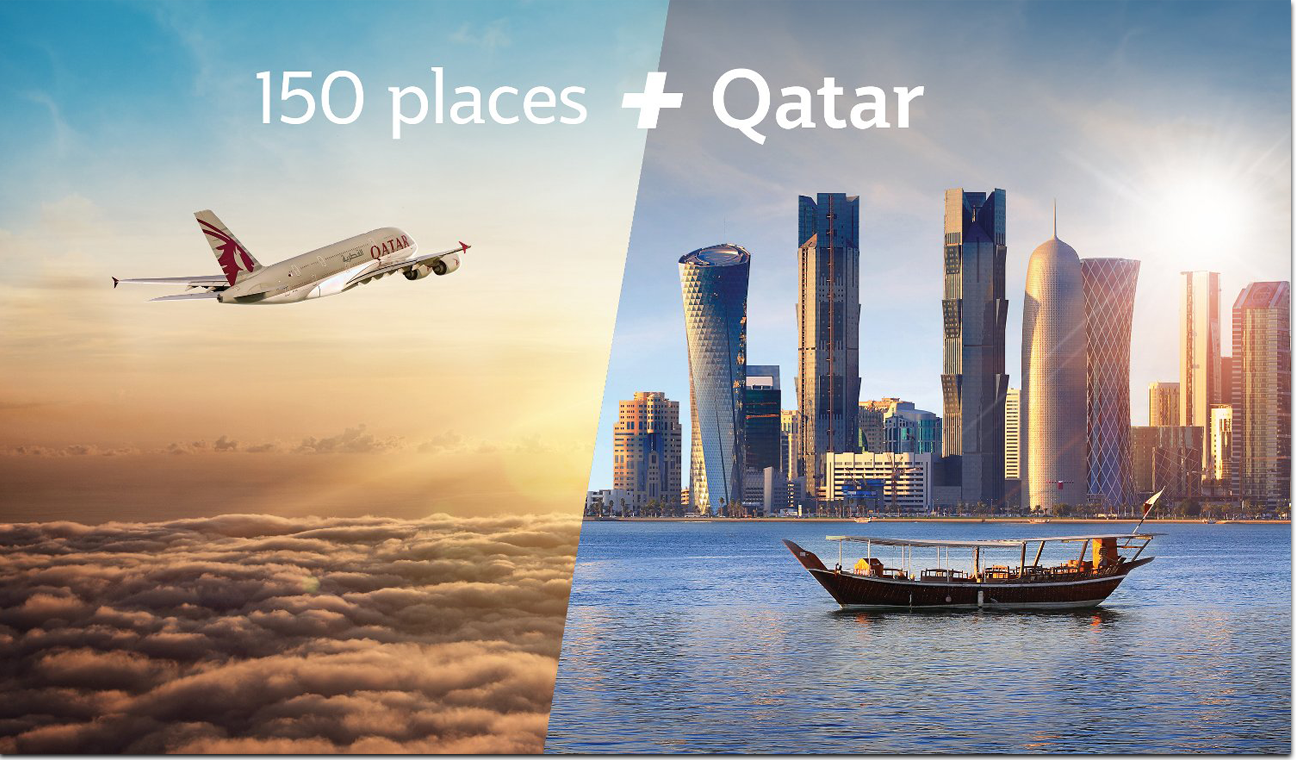
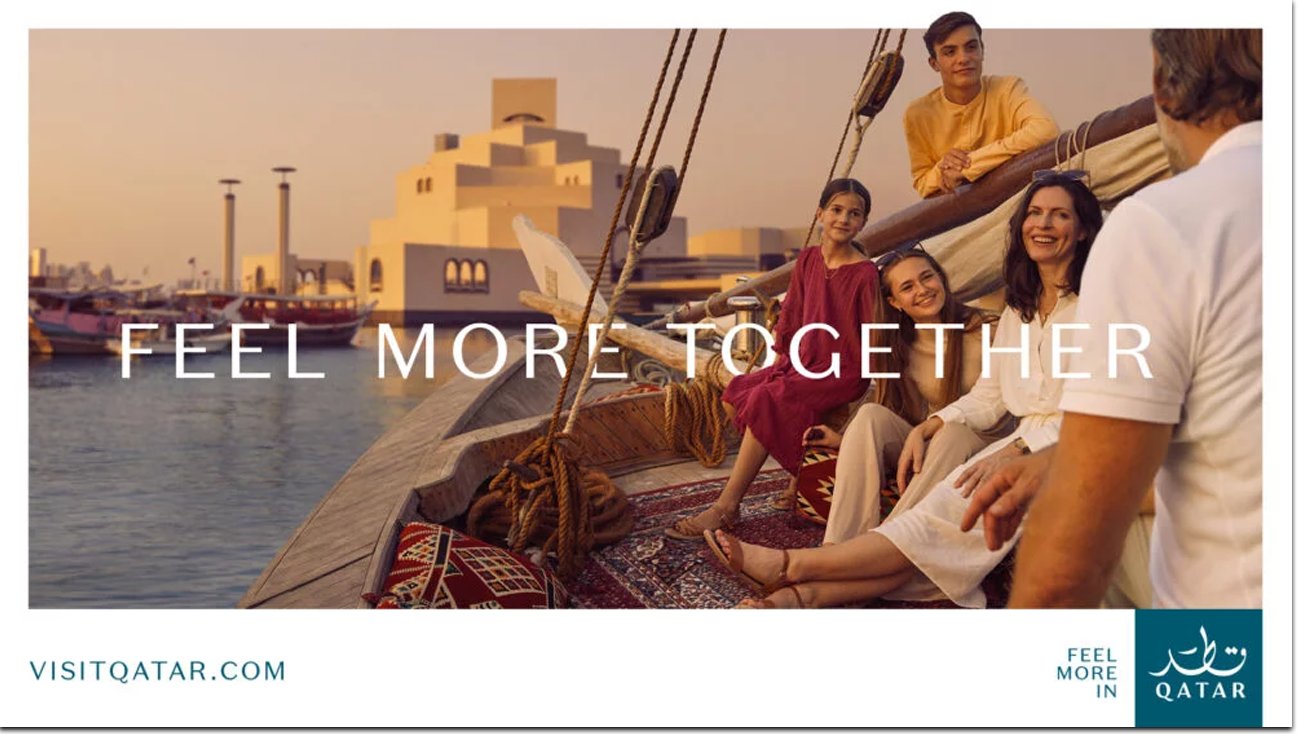
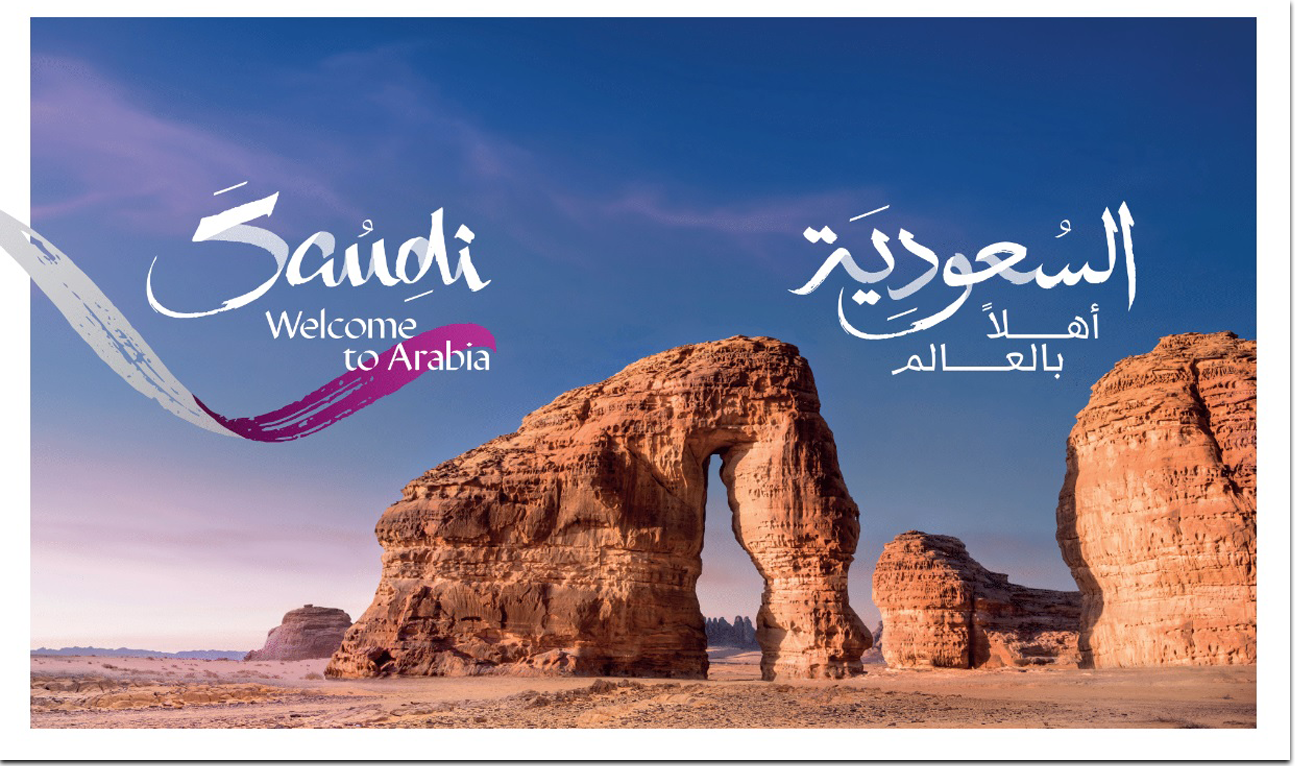
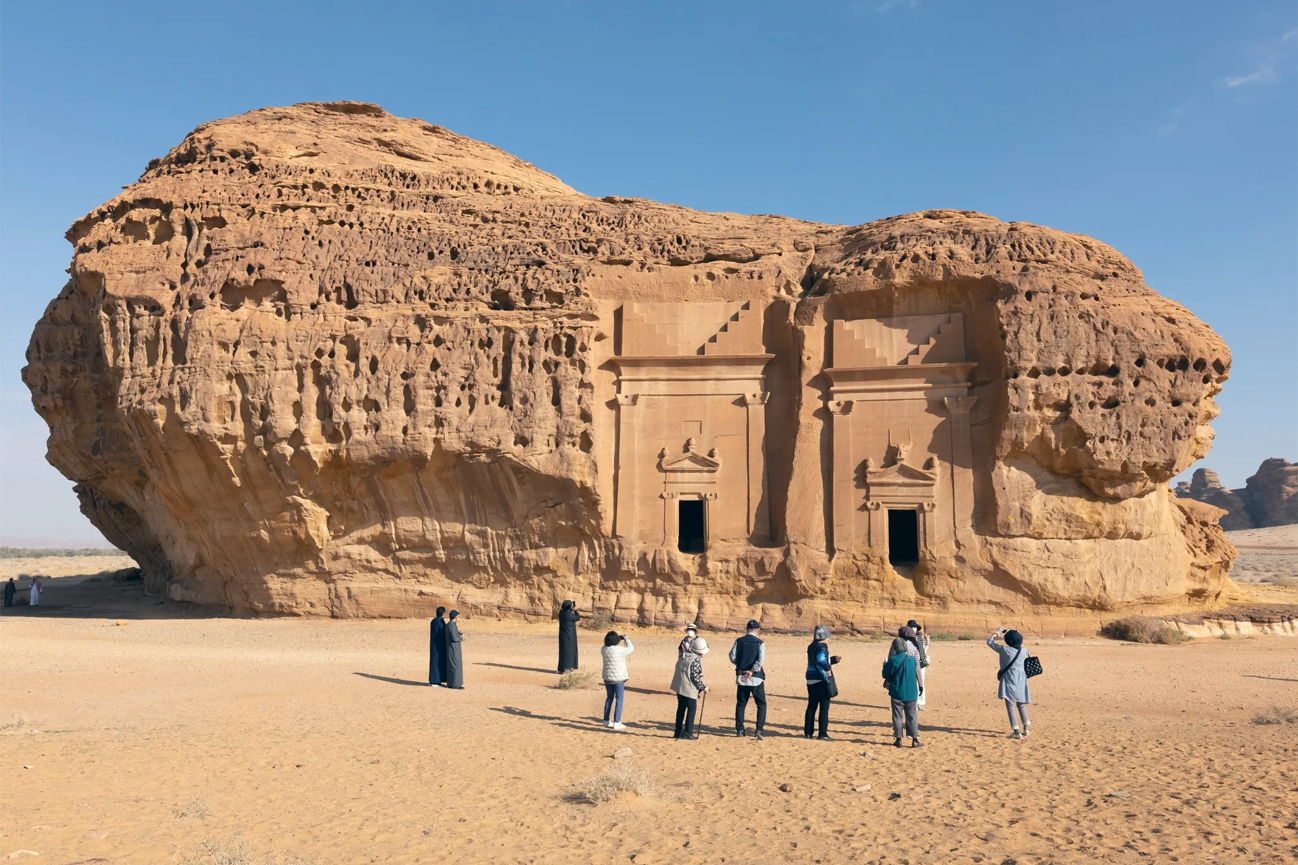
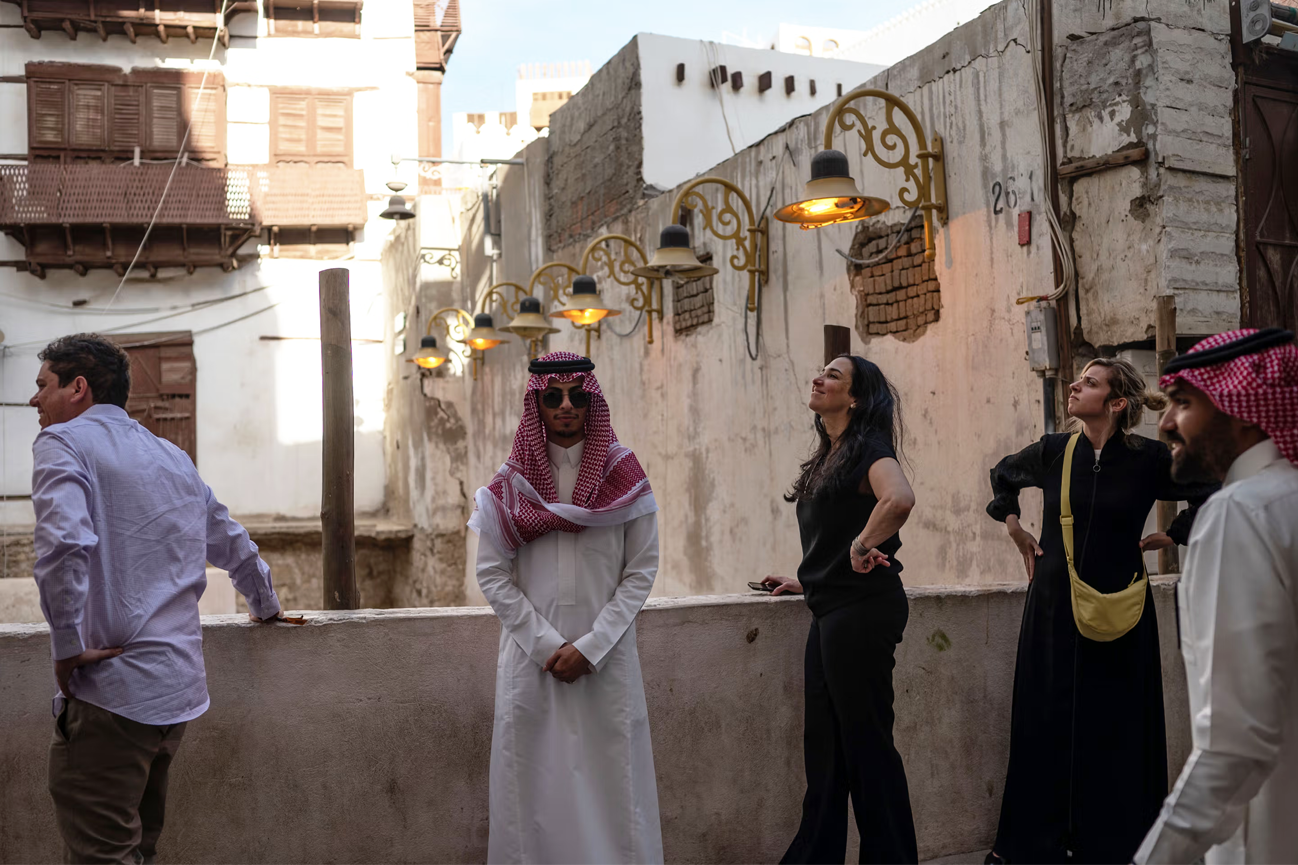
And while it is no longer ‘just’ Dubai, it, Abu Dhabi and most other of the seven Emirates are all vying for tourists. It is said that the UAE will soon have a number of casinos. As it stands, and as I wrote recently, the UAE is the Middle East’s most popular destination be it as a conference location, convention centre or indeed holiday destination (Rutledge, 2023; 2024).
Some 21.5 m tourists visited in 2019 (UNWTO, 2023), a striking number considering that there are only around one million Emirati citizens (see: Arabian Gulf data). The meteoric growth in visitors is largely due to a proactive government strategy of infrastructural investment and destination brand-building (see, e.g., Chen and Dwyer, 2018). As Thani and Heenan (2017) state, in order to attract tourists the UAE has undergone some, “eye-catching transformations.” Notable amongst the cultural zones and theme park hubs are the world’s tallest structure (Burj Khalifa), biggest mall (The Dubai Mall), only seven-star hotel (The Burj Al Arab) and a satellite branch of France’s Louvre museum (Wippel, 2023). State controlled oil rent has facilitated the creation of two of the world’s largest airlines and airport hubs—Emirates and Etihad (DXB and AUH). In terms of marketing the UAE as an “escape to the sun” location, London’s English Premier League football club Arsenal, wear Emirates shirts and play home games at “Emirates stadium;” Manchester City wear Etihad shirts and play their home games at “ Etihad stadium” (Millington et al., 2021).
References
Bubola, E., & Nereim, V. (2023, November 29). Saudi Arabia to Host World Expo 2030 in a Victory for Its Crown Prince, Article. The New York times. https://www.nytimes.com/2023/11/28/world/middleeast/saudi-arabia-world-expo-2030.html
Chen, N., & Dwyer, L. (2018). Residents’ Place Satisfaction and Place Attachment on Destination Brand-Building Behaviors: Conceptual and Empirical Differentiation. Journal of Travel Research, 57(8), 1,026–1,041. https://doi.org/10.1177/0047287517729760
Hiltner, S. (2024, June 15). The Ancient and the Extravagant. The New York times. https://www.nytimes.com/2024/06/05/travel/saudi-arabia-tourism.html
Millington, S., Steadman, C., Roberts, G., & Medway, D. (2021). The tale of three cities: Place branding, scalar complexity and football. In D. Medway, G. Warnaby, & J. Byrom (Eds.), A Research Agenda for Place Branding (pp. 131–149). Edward Elgar Publishing. https://doi.org/10.4337/9781839102851.00017
Rutledge, E. J. (2023). The tour guide role in the United Arab Emirates: Emiratisation, satisfaction and retention. Tourism and hospitality research, 23(4), 610–623. https://doi.org/10.1177/14673584221122488
Rutledge, E. J. (2024). The tour guide profession: An attractive option for UAE nationals majoring in tourism? Tourism and hospitality research, 0(online first), 1–12. https://doi.org/10.1177/14673584241278451
Thani, S., & Heenan, T. (2017). The UAE: A Disneyland in the desert. In H. Almuhrzi, H. Alriyami, & N. Scott (Eds.), Tourism in the Arab World: An Industry Perspective (pp. 104–117). Routledge. https://doi.org/10.4324/9781315624525
The Economist. (2024). Call of the desert. The Economist, 452(9404), 71–72. Retrieved from https://www.economist.com/culture/2024/07/04/can-saudi-arabia-become-a-premier-tourist-hotspot
UNWTO. (2023). Tourism Statistics Database [Data set]. https://www.unwto.org/tourism-statistics/tourism-statistics-database
Wippel, S. (Ed.) (2023). Branding the Middle East: Communication Strategies and Image Building from Qom to Casablanca. De Gruyter. https://doi.org/10.1515/9783110741100

